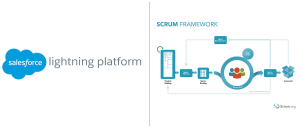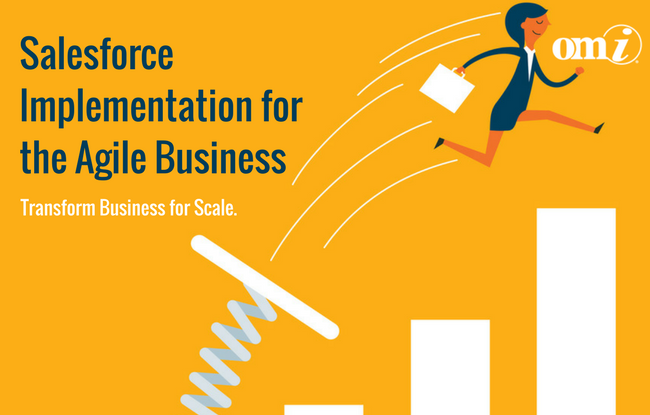The term ‘Agile’ embodies a strategy towards product development that encourages adaptive planning, continuous improvements, and a rapid and flexible response to change. It promotes the delivery of high-value features first via iterative work cycles or ‘sprints’. Agile transcends the conventional concept of projects with start and end dates, shifting the focus to a ‘product’ that can continually add value as long as it exists. This Agile mentality is a powerful means of managing resources, preventing deviation from goals, and efficiently responding to dynamic changes in the business environment, as witnessed during the tumultuous events of 2020.
Linking Agile to Salesforce
From Salesforce administrators and developers to operations personnel, everyone can apply Agile principles to their work. Using Agile methods with Salesforce entails launching valuable features regularly, even daily or weekly, instead of pushing bulk updates every few months. This continuous flow of updates facilitates immediate enhancement, steering clear from prolonged projects that risk yielding no measurable benefits.

Advantages of Agile Approach in Salesforce
Adopting Agile in Salesforce keeps you alert, consistently modifying your plan in response to evolving conditions within your team and the broader business landscape. Agile shields you from complacency and safeguards against resources wasted on unfinished projects, a common occurrence in the wake of disruptions such as Covid-19.
Embracing Agile is akin to attaining a higher grade – the more Agile-aligned your operations, the better your competitive edge. Salesforce’s switch from a waterfall to an Agile development model in 2006 led to a 38% increase in productivity and expedited major releases by 60%, a testament to Agile’s transformative potential.

The Agile Journey: From Concept to Execution
Anyone promoting a rigid, step-by-step guide to Agile is misrepresenting the Agile philosophy. Salesforce Agile is about fostering a certain mindset, not following a rigid methodology. Understanding Agile’s origins by exploring the Agile Manifesto can provide valuable insights into this mindset.
Agile frameworks such as Scrum offer useful guidelines for instilling Agile practices within teams and organizations. Certified Scrum Professional (CSP®-SM) practitioners leverage timeboxes to manage uncertainty and make steady progress. These timeboxes can be larger (sprints lasting one to two weeks) or smaller (daily 24-hour cycles).
The Scrum framework promotes teamwork and constant communication. Teams kick-off sprints by aligning on a shared goal and breaking it down into manageable tasks. Daily meetings keep the team on track, while sprint-end showcases to stakeholders provide opportunities for feedback and improvements. Regular team discussions foster reflection and continuous improvement.
Despite its merits, transitioning to Agile practices, especially within a Salesforce agile development team, is no easy feat. Laying a solid foundation, making work visible to foster knowledge sharing, acting on the information available, and regularly reflecting and adapting to improve are critical. While Agile implementation challenges are inevitable, the benefits of this flexible, user-centered, and iterative approach can yield substantial dividends in the long run.


